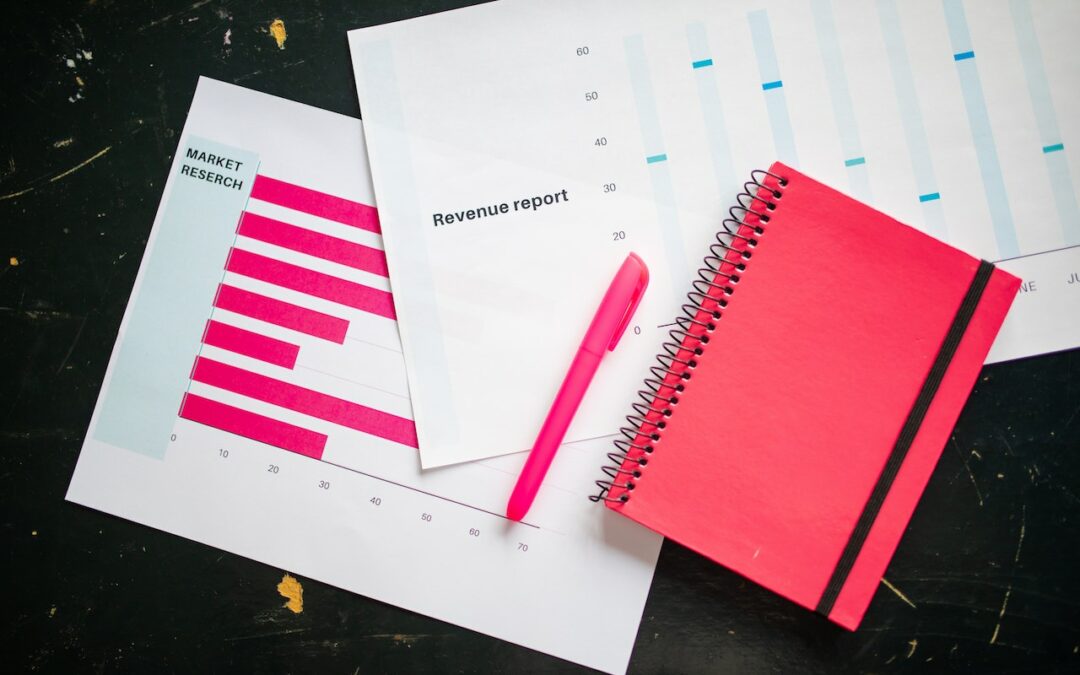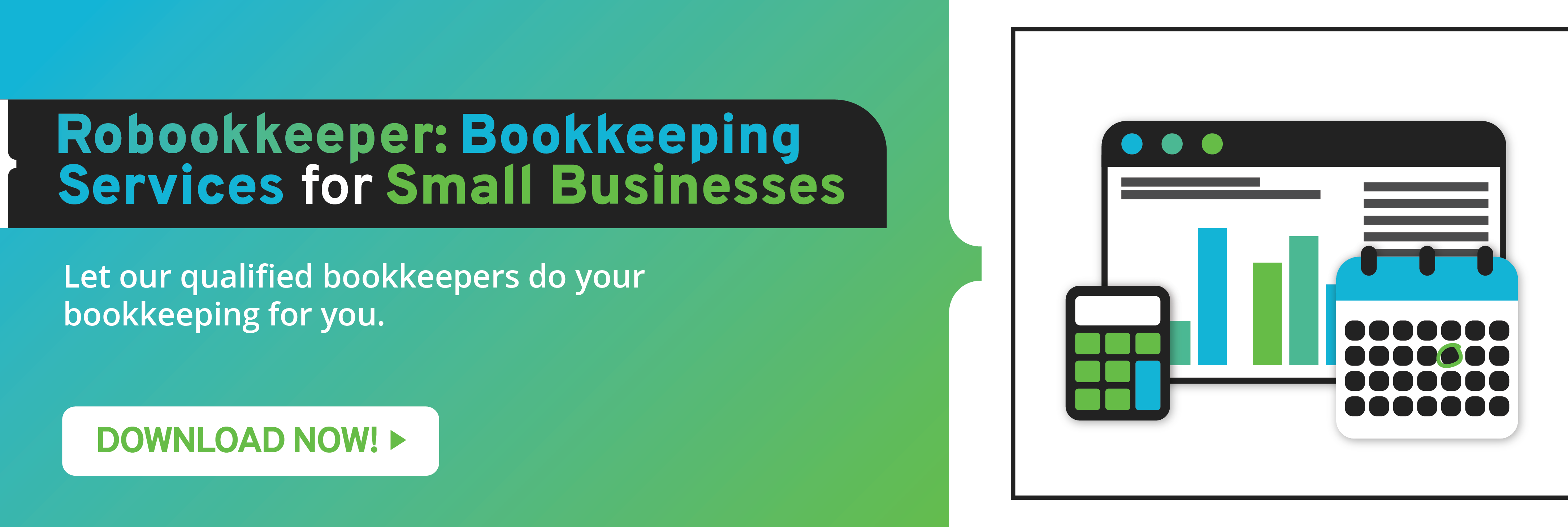Strategic revenue management is a practice that enables companies to maximize the money they make from their products, capitalize on opportunities that they encounter, and offer distinct deals to customers that deem them valuable. This data-driven approach provides you with insights on your products, target market, and the ideal situation to adjust prices. This strategy is often practiced in industries such as airlines, rentals (cars or accommodation), and hotels. However, your business can still benefit from this even if your company is in a different niche.
Here are some of the ways to implement strategic revenue management.
Gather Data
You’ll be able to manage revenue effectively when you collect as much information as possible. Gather and use data to learn more about the following:
- Gather information about the products you offer and the ways you can sell them effectively.
- Learn more about both your current and potential customers such as their needs and wants, demographics, and other related information.
- Consider each day, week, month, and season as its own distinct micro-market. Identify trends and purchasing behavior of your customers.
- Gather data and information about your closest competitors and substitutes for your products and services. This allows you to gain insights on the choices your customers have.
- Review and analyze the historical data of your business. This enables your team to identify previous mistakes and learn from them, strategies that worked and failed, and purchasing patterns of customers.
Market Segmentation
After gathering granular data about your target market, start creating segments for each of them. Identify the days and seasons that generate the most income for your business. Bundle these into market segments that have specific sales and marketing campaigns. This approach allows you to maximize your advertising budget and boost conversion rates. The data you collected also enables you to identify the most effective promotions. Schedule these regularly because they already have a loyal customer base and source of repeat purchases.
Create a Demand Forecast
You need a combination of effective market segmentation and historical data to create a forecast that allows you to generate your target revenue among your customer groups. It’s possible to keep the process simple. For example, use baseline historical data to pinpoint upswings and downswings in your sales numbers. This enables you to make a projected figure in the next months. Adjust your forecast based on insights you gained as the weeks or months go on. This approach doesn’t just maximize potential revenue, but it also enables you to manage your budget effectively.
Implement Your Plan
Now that you have the data you need, implementing your chosen strategic revenue management approach is your next step. Numbers provide you with an objective basis; however, you still need to qualify all your options. Identify the risks of all your choices and determine which one provides you with the most opportunities and possible profit. Factor in your branding when choosing a strategy. You might lower your prices to get the most customers, but it may affect your capability to charge a premium price.
Regular Re-evaluation
Always re-evaluate your strategies. Factors that led to your success can change such as trends, consumer behavior, and new technology just to name a few. Evaluate your data and determine which sets are still valuable. Adjust your implementation plans based on the demand of your customers.
If you need assistance with updating your accounting books, we at Robookkeeper can assist you. Focus on growing and managing your revenue while our team of experienced accountants do your accounting and bookkeeping tasks. We offer first-rate bookkeeping services for small business owners.

